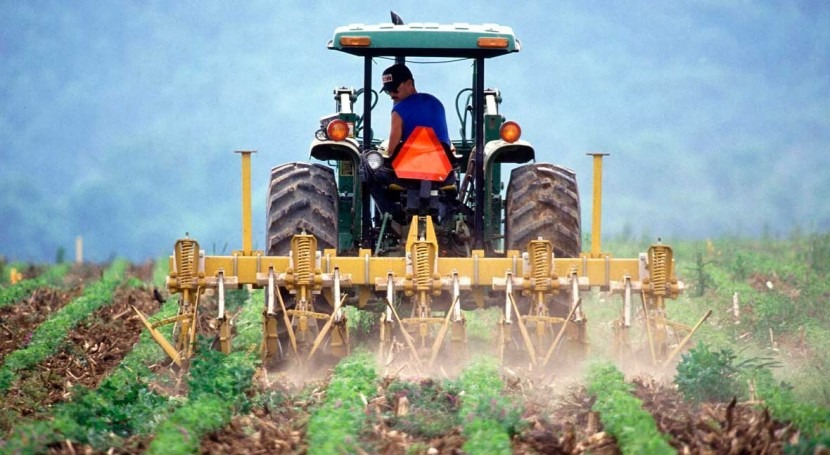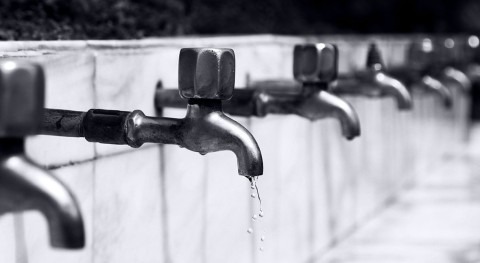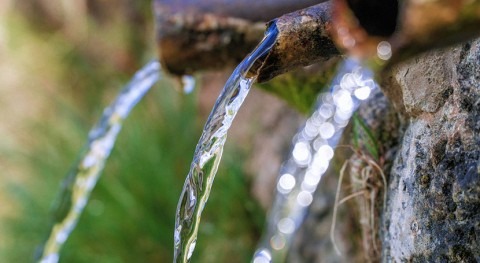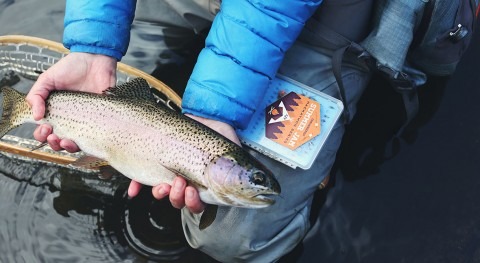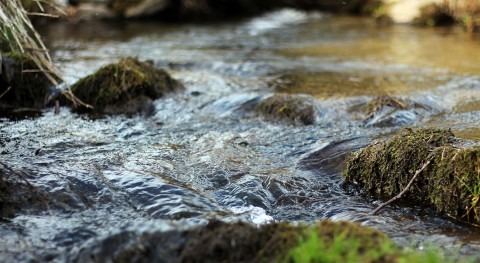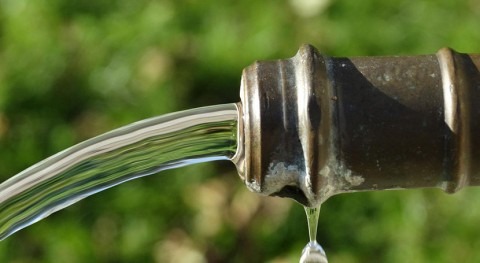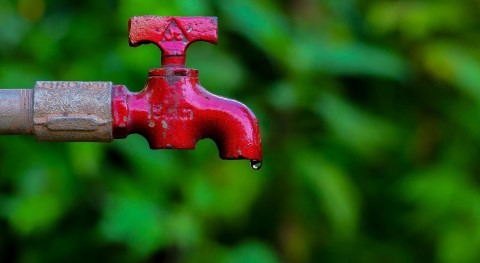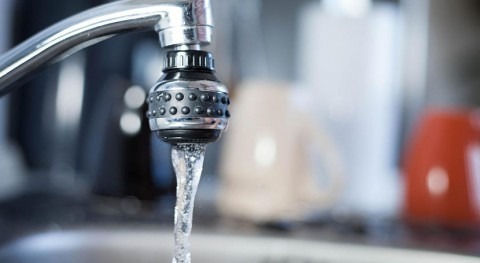In much of America’s farm country, nitrate contamination of drinking water, largely caused by polluted runoff from crop fields, poses a serious health risk – and the problem is getting worse, according to an Environmental Working Group analysis of data from 10 states.
“With every glass of water, over 20 million people in mostly agricultural areas are now getting a bigger dose of nitrate than before,” said Anne Weir Schechinger, EWG senior economics analyst and author of the report. “Until farmers clean up their act, water quality in these communities is going to continue to decline, posing a growing threat to public health.”
The investigation found that in the water of more than 2,100 water utilities with the most serious problems, nitrate contamination grew steadily worse over time. These community water systems serve 20.7 million people across vast stretches of the Midwest, Southwest, Atlantic Coast and California.
Data obtained by EWG under public records laws shows that between 2003 and 2017, utility tests detected elevated levels of nitrate – at least 3 milligrams per liter, or mg/L – at least once in the tap water supplies of more than 4,000 water utilities. The Environmental Protection Agency considers 3 mg/L in groundwater used for drinking water an indication of contamination above naturally occurring levels.
These 4,000-plus systems supply tap water to more than 45 million Americans in California, Illinois, Iowa, Kansas, Maryland, Nebraska, Oklahoma, Pennsylvania, Texas and Wisconsin.
In 52 percent of those utilities, serving 20.7 million people, nitrate contamination increased during the period studied
In 52 percent of those utilities, serving 20.7 million people, nitrate contamination increased during the period studied. In California, Kansas and Texas, it’s getting worse in almost 60 percent of the communities with already elevated nitrate levels.
EWG’s analysis underscores its October 2019 report showing that the 2016-2017 averages for nitrate contamination in almost 1,700 water systems were at or above the level that a meta-analysis found increases the risk of colon, kidney, ovarian and bladder cancers.
Nitrate is a primary chemical component of fertilizer and manure that can run off farm fields and seep into drinking water supplies. Agriculture is considered “non-point source” pollution by the federal government, rendering it largely exempt from the Clean Water Act. This means that farmers are not required to prevent nitrate and other farm pollution from entering waterways that are used as drinking water sources.
Yet keeping nitrate out of tap water is much cheaper than removing it. An October 2018 EWG analysis found that many of the systems most affected by nitrate contamination are small and least able to afford the expensive water treatment that would be required to clean up nitrate.
Under the federal Safe Drinking Water Act, the legal limit for nitrate in drinking water is 10 mg/L. This limit was set in 1962 to guard against so-called blue baby syndrome, a potentially fatal condition that starves infants of oxygen if they ingest too much nitrate.
But more recent studies have shown strong evidence of an increased risk of colorectal cancer, thyroid disease and neural tube birth defects at levels of 5 mg/L or even lower.
“As a society, we cannot afford to let farm pollution of our tap water continue to grow unchecked,” Schechinger said. “Farmers must be required to be better neighbors by implementing conservation practices that can stop pollution from running off farm fields.”
People who are concerned about nitrate in their tap water can look up their water system in EWG’s Tap Water Database.


